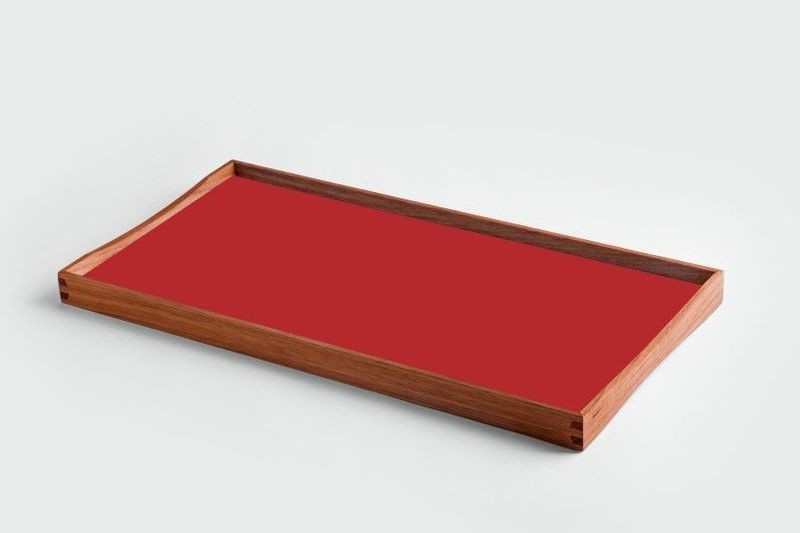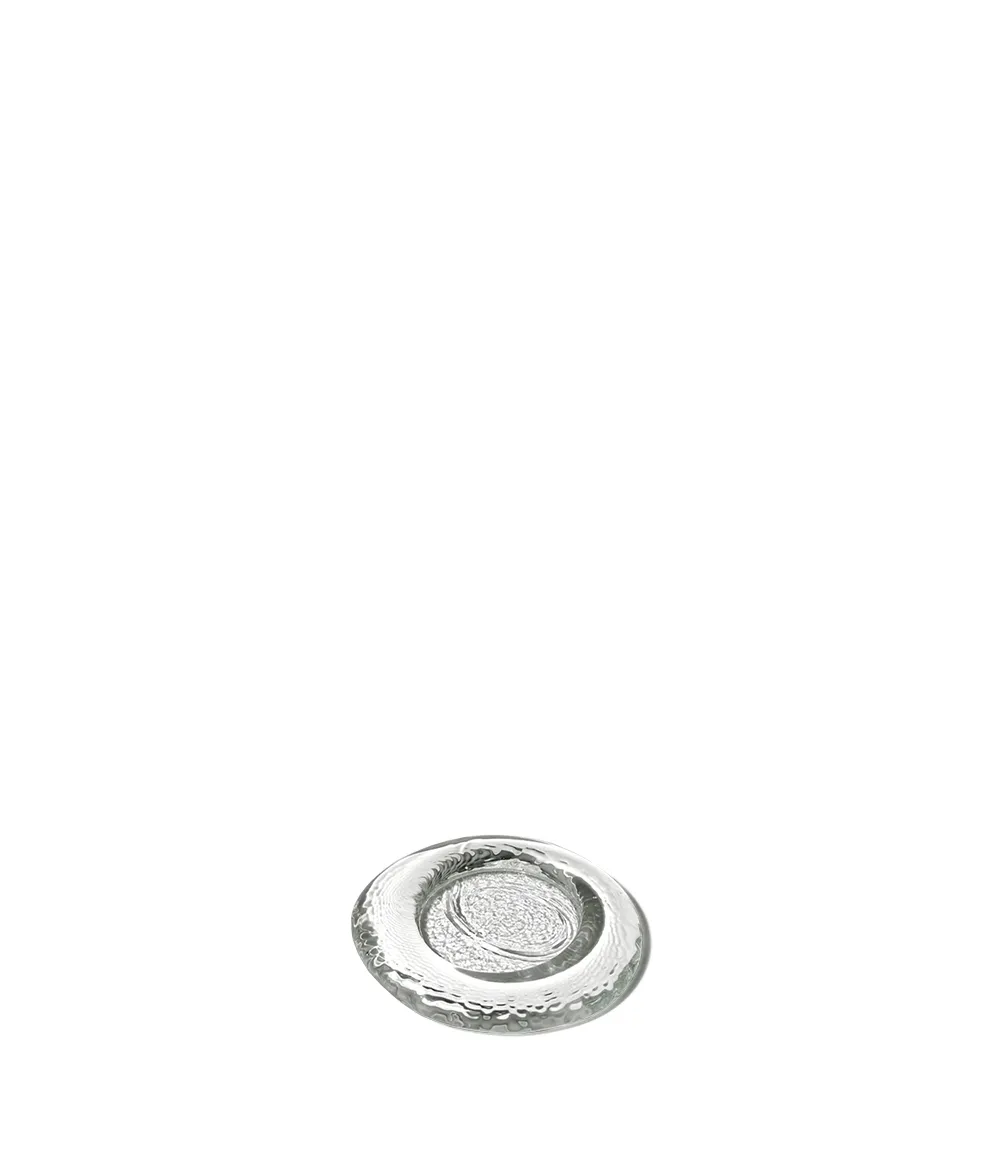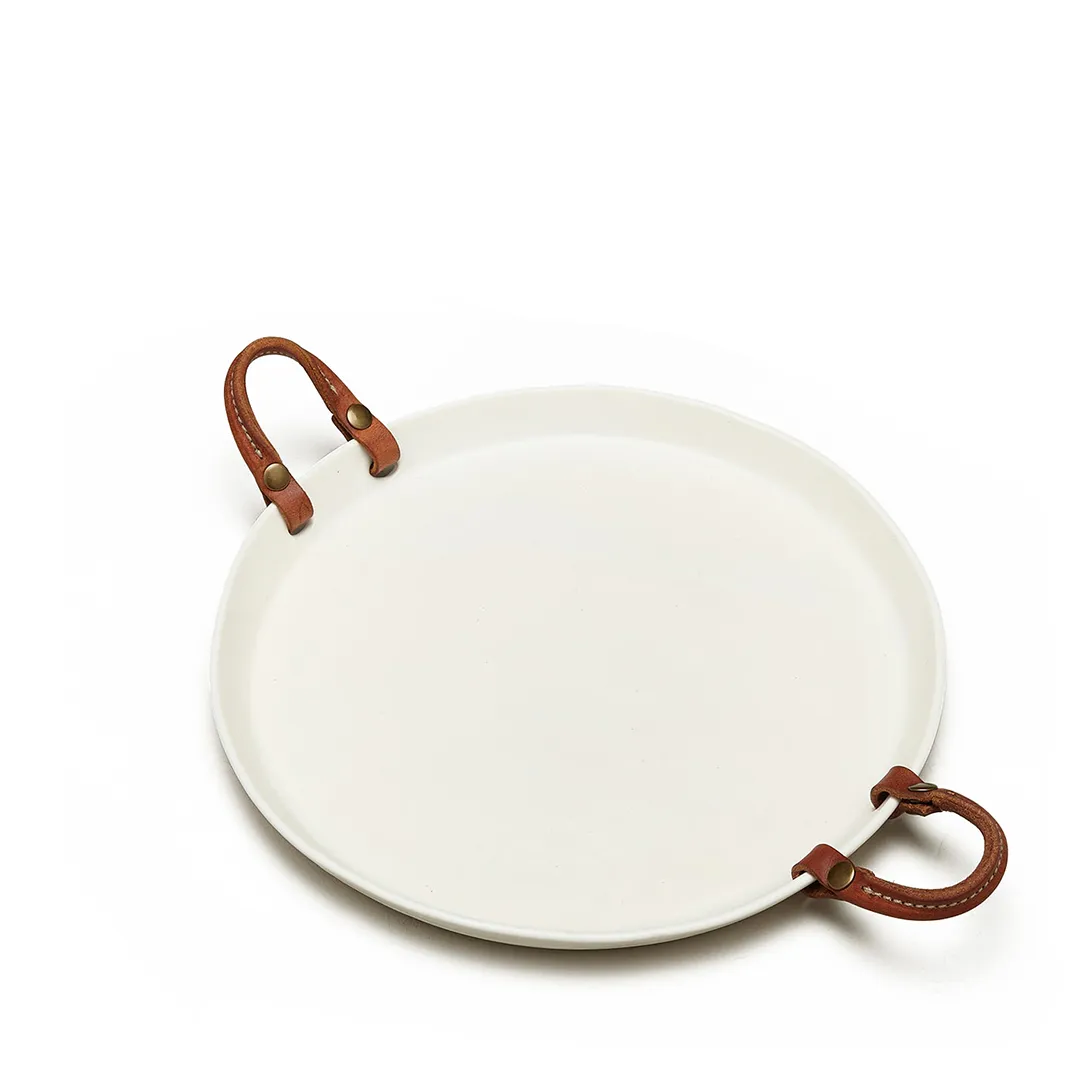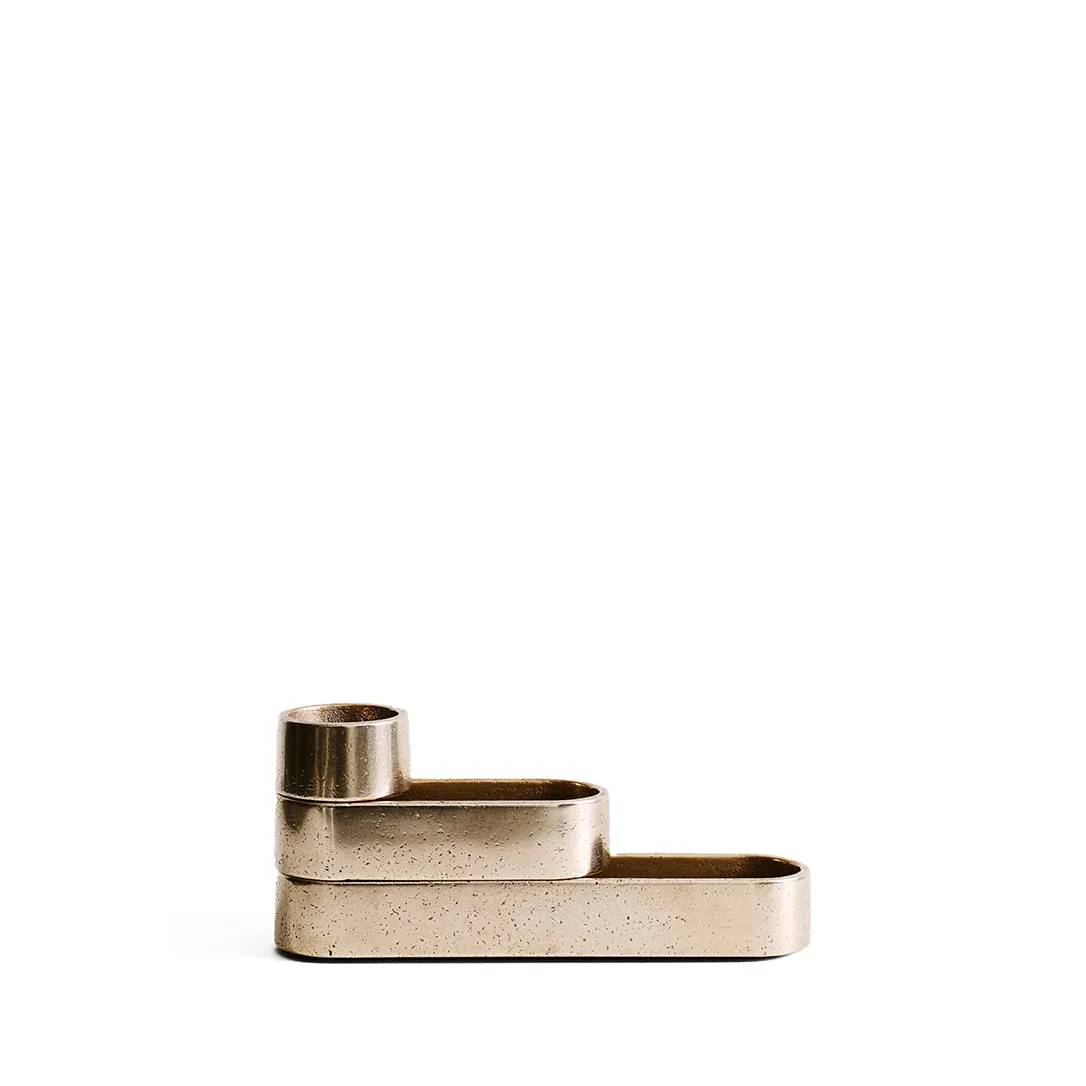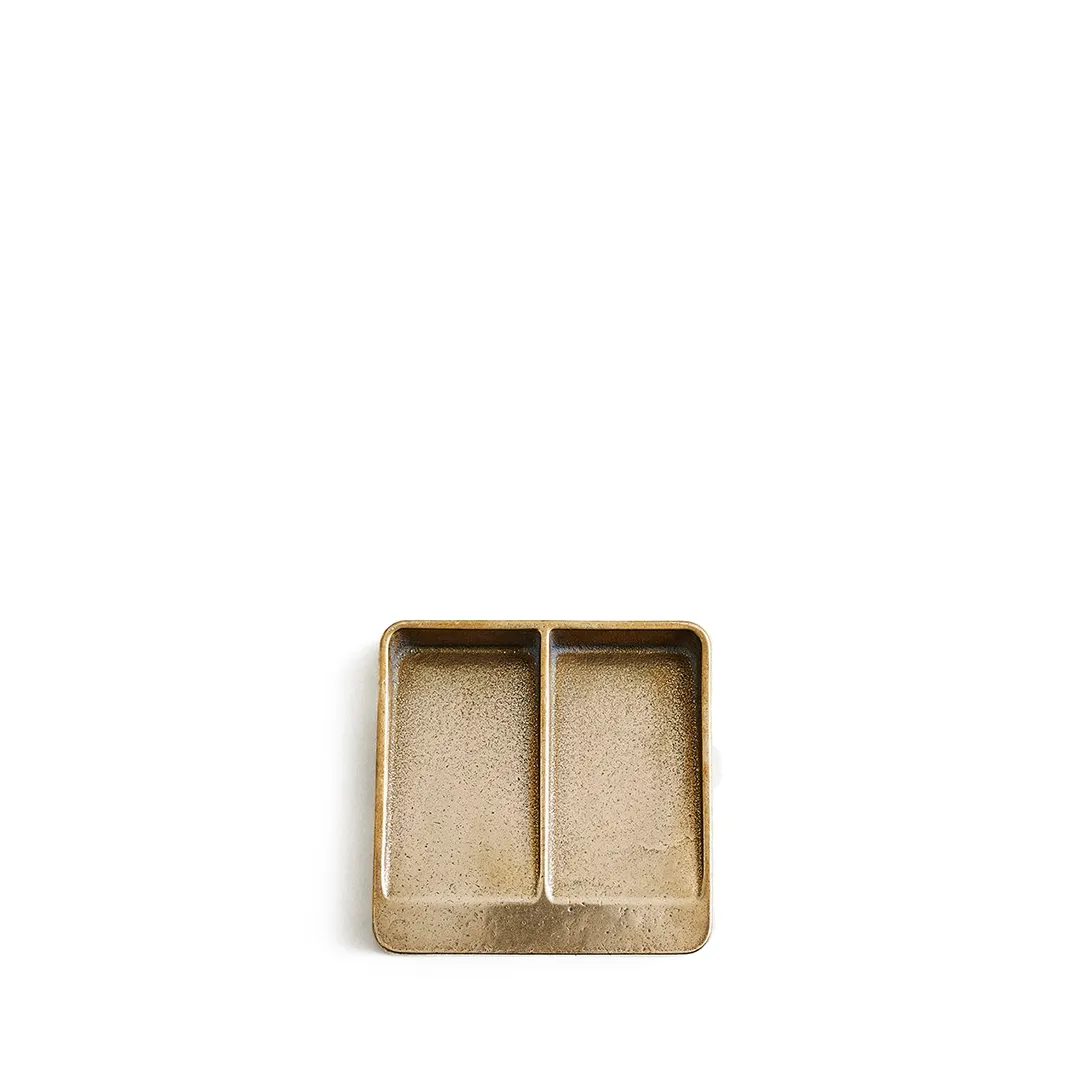Turning Tray - Small
Turning Tray was designed in 1956 by Finn Juhl, bearing his trademark curved teak frame and precise corner joints. Made without handle bars, the tray’s curvature allows space to pick it up. Designed as dual-sided, the Turning Tray boasts two glossy laminate sides held together by carefully crafted corner joints.
These handmade trays are exactly to Finn Juhl’s specifications, with curves, colors and discreet details that all reveal his fantastic sense for design.
Small: 17.7" W x 14.9"
Teak Wood and Laminate
Laminate colors:
Black and White
Black and Red
Black and Green
Black and Blue
ArchitectMade

We scour archives, drawings and museums to reveal what makes for mastery. The result? Architectmade is a glimpse into a few, rare design objects that some of Denmark’s leading architects created along their way to fame many years ago.
Why do we do it? Our passion goes beyond form and function. We believe in moving away from a throw away culture and celebrating timeless products that last. These are products you don’t get tired of looking at, and with excellent craftsmanship alongside three rounds of quality control, they are made to stand the test of time. The Architectmade objects are designed to share, for generations to come.
These products, as stated by one of our favorites, Kristian Vedel, “emerge from the inside out.”Each Architectmade object is designed with architect-precision and personal vision that comes from the heart, reflecting the individual values, beliefs and ways of life of some of the greatest Danish architects of our time.
Testament to their elegant simplicity and refined craftsmanship, they’ve become icons, standing the test of time and serving as reminder that in today’s trending world, quality is still timeless.
House of Finn Juhl
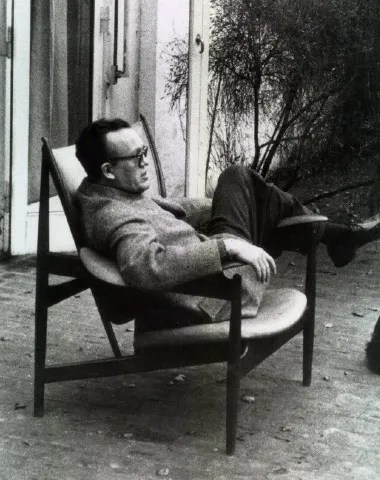
During his first years at the Cabinetmakers’ Guild Exhibition Finn Juhl primarily worked with fully upholstered furniture. If you know about Finn Juhl’s sculptural wooden furniture, it may seem odd that he actually started out working with fully upholstered furniture. Finn Juhl later said that this was due to the fact that he did not know much about furniture construction nor joinery. The upholstered furniture allowed Finn Juhl to focus entirely on the sculptural, organic shapes of his furniture, which became a trademark of his. He referred to himself as self-taught within the field of furniture design, as his formal education was within the field of architecture. With fully upholstered furniture he would ‘only’ have to focus on the exterior shape and let master joiner Niels Vodder work on the wooden skeleton.
In contrast to many of his peers, Finn Juhl felt that modern furniture had to refer to the contemporary art of the time. The Pelican Chair is thus a perfect example of how Finn Juhl integrated the ideals of functionalism with free art.
A few years after Finn Juhl’s debut at the Cabinetmaker’s Guild Exhibition he became increasingly interested in applying wood as the dominant shaping material, rather than ‘hiding’ it under a cover of upholstery. When he designed the 45 Chair it had become his objective to create a chair that was almost self-explanatory in its construction and he became one of the first to clearly disconnect the upholstered areas from the wooden frame. The result was an elegant and tantalizing expression that came to characterize Finn Juhl.
